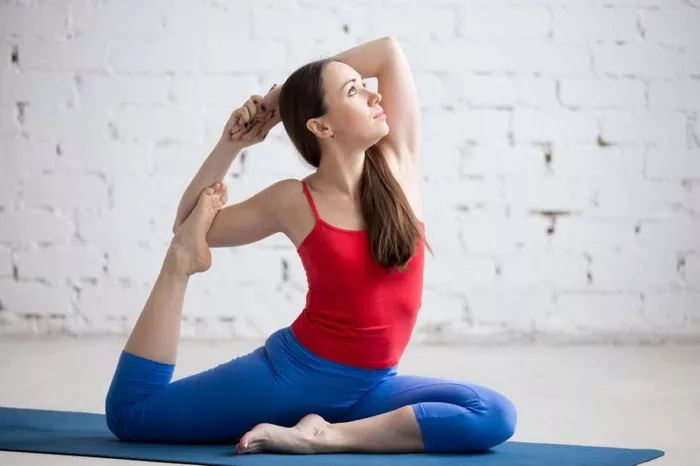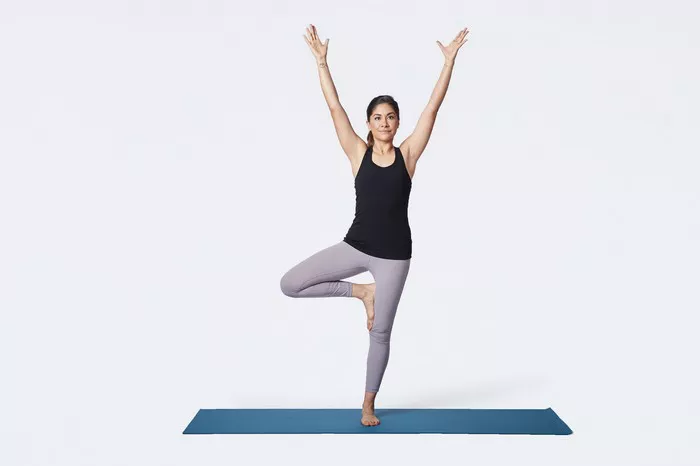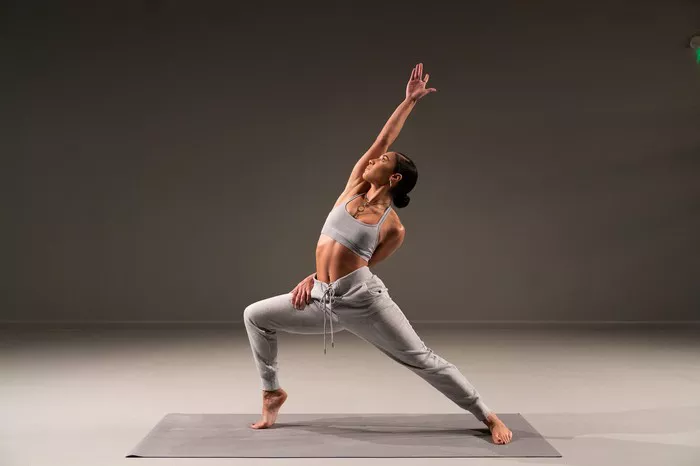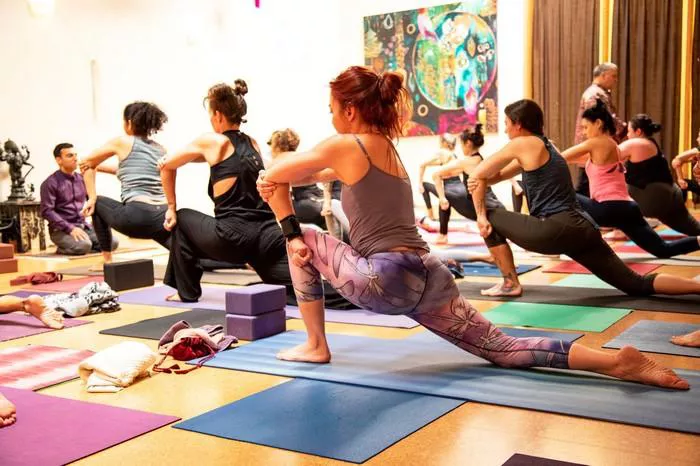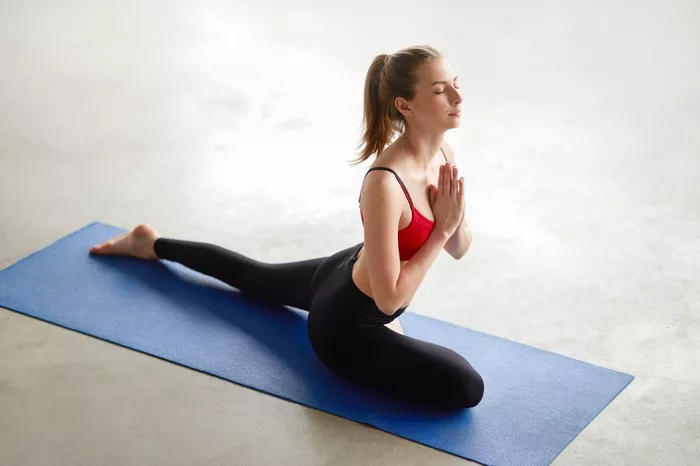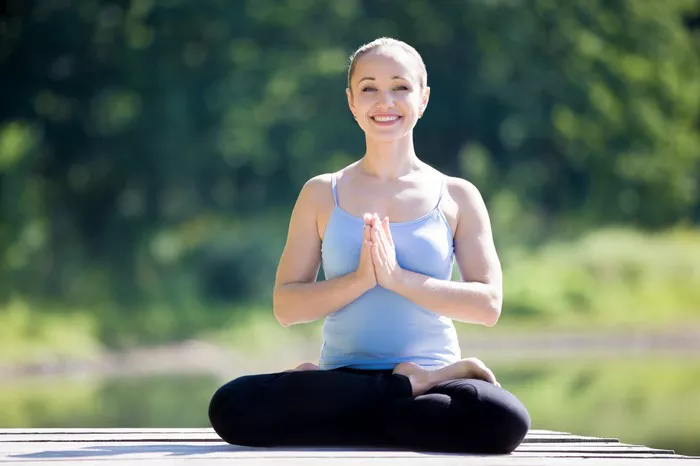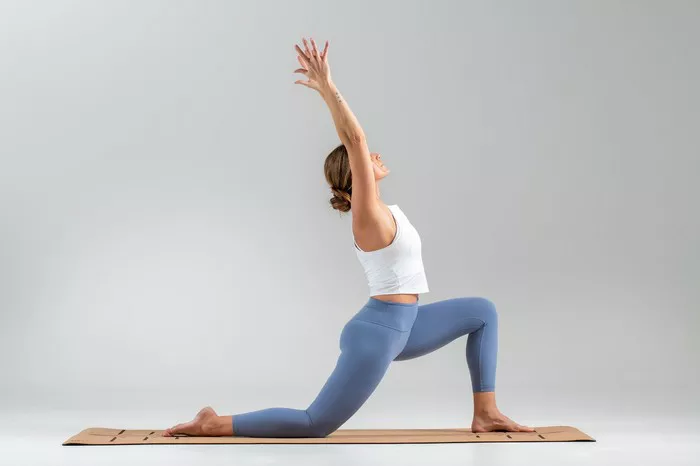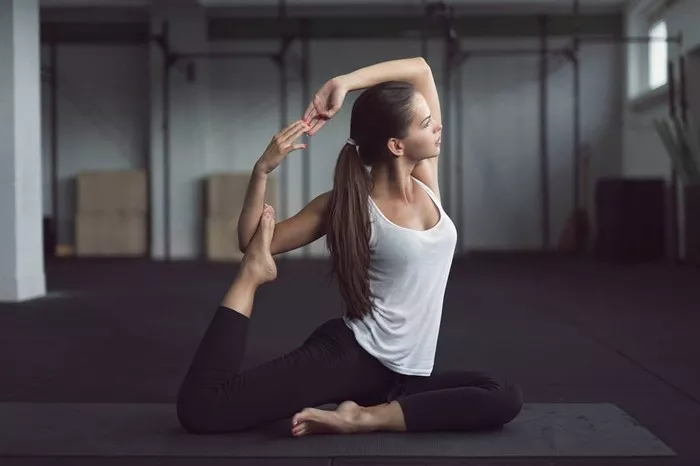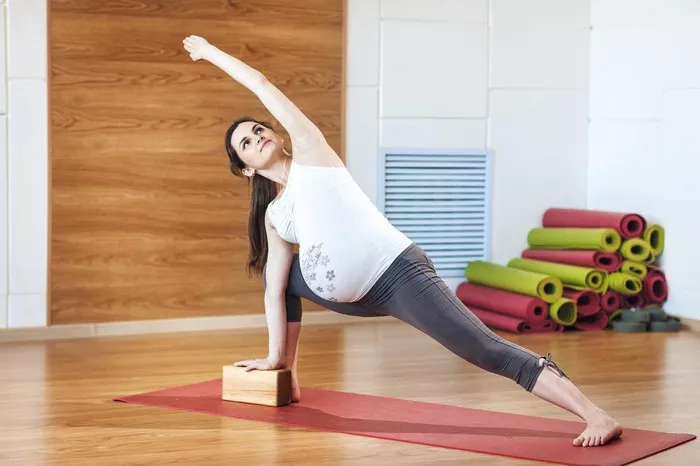Yoga has been practiced for centuries, offering a holistic approach to physical and mental well-being. Among its myriad poses, the Mermaid Pose stands out as a graceful and challenging asana that embodies both strength and flexibility. In this comprehensive guide, we delve into the origins, symbolism, physical and mental benefits, variations and modifications, step-by-step instructions, as well as precautions and contraindications associated with the Mermaid Pose.
Origins and Symbolism
The Mermaid Pose, known as “Eka Pada Rajakapotasana” in Sanskrit, combines elements of hip opening, backbending, and balance. Its origins can be traced back to ancient Hatha Yoga texts, where it was described as a posture that opens the heart and promotes emotional release. The pose’s name evokes imagery of the mythical mermaid, symbolizing fluidity, grace, and connection to the water element.
In yoga philosophy, the Mermaid Pose represents the union of opposites – the strength and stability of the lower body with the openness and surrender of the upper body. It encourages practitioners to find balance between effort and ease, strength and flexibility, as they navigate the complexities of life both on and off the mat.
Physical and Mental Benefits
Practicing the Mermaid Pose offers a wide range of physical and mental benefits. From a physical standpoint, the pose stretches the hip flexors, quadriceps, and groin muscles, helping to alleviate tension and tightness in the lower body. It also strengthens the core, shoulders, and back muscles, improving posture and stability.
On a mental and emotional level, the Mermaid Pose can help release stored emotions and stress, particularly in the hips where emotional tension tends to accumulate. By opening the heart center and expanding the chest, the pose promotes feelings of compassion, love, and vulnerability, fostering a deeper connection to oneself and others.
Variations and Modifications
Like many yoga poses, the Mermaid Pose can be modified to suit practitioners of all levels and abilities. For beginners, using props such as blocks or bolsters can provide additional support and stability. Variations of the pose may include:
1. Half Mermaid Pose: This variation involves performing the pose with only one leg bent and the other extended, reducing the intensity of the stretch on the hips and quadriceps.
2. Bound Mermaid Pose: In this variation, the hands are clasped behind the back, creating a deeper opening in the chest and shoulders.
3. Floating Mermaid Pose: Advanced practitioners may explore lifting the bottom leg off the ground, challenging their balance and core strength while deepening the hip opener.
Regardless of the variation chosen, it’s important for practitioners to listen to their bodies and honor their limitations, avoiding any pain or discomfort.
Step-by-Step Instructions
To practice the Mermaid Pose safely and effectively, follow these step-by-step instructions:
- Begin in a seated position with your legs extended in front of you.
- Bend your right knee and bring the sole of your right foot to the inside of your left thigh, allowing your right knee to fall open to the side.
- Place your right hand behind you, several inches behind your right hip, with your fingers pointing away from your body.
- Inhale and lengthen your spine, lifting your left arm overhead.
- Exhale and twist your torso to the right, reaching your left arm toward your right foot.
- Bend your left elbow and reach your hand toward your right foot, aiming to clasp your right ankle or foot.
- If comfortable, gently hinge forward at the hips, maintaining length in your spine as you deepen the stretch in your hips and quadriceps.
- Hold the pose for 5-10 breaths, then release and repeat on the opposite side.
Precautions and Contraindications
While the Mermaid Pose offers numerous benefits, it may not be suitable for everyone. Individuals with the following conditions should exercise caution or avoid the pose altogether:
1. Hip or Knee Injuries: Those with hip or knee injuries should approach the Mermaid Pose with caution, modifying or skipping the pose as necessary to avoid exacerbating their condition.
2. Lower Back Issues: Individuals with lower back pain or discomfort should avoid deep backbends like the Mermaid Pose, opting for gentler hip-opening poses instead.
3. Pregnancy: Pregnant individuals should avoid deep twists and strong backbends, making modifications as needed to ensure the safety of both themselves and their baby.
4. High Blood Pressure: Practitioners with high blood pressure should avoid holding their breath or straining in the pose, focusing instead on steady, controlled breathing.
As with any yoga practice, it’s essential to listen to your body and communicate with your teacher if you have any concerns or limitations.
Conclusion
In conclusion, the Mermaid Pose is a beautiful and multifaceted yoga posture that offers a myriad of physical, mental, and emotional benefits. By exploring its origins, symbolism, variations, instructions, and precautions, practitioners can deepen their understanding of this powerful asana and incorporate it into their practice with confidence and mindfulness.
FAQs:
Why is the mermaid pose so hard?
The Mermaid Pose can be challenging due to its combination of hip opening, backbending, and balance elements. It requires significant flexibility in the hips, quadriceps, and groin muscles, as well as strength in the core, shoulders, and back. Achieving the proper alignment while maintaining stability and ease of breath can be difficult, especially for beginners or those with limited flexibility in the hips and spine.
What is the difference between mermaid pose and pigeon pose?
While both poses are hip-opening asanas, the Mermaid Pose and Pigeon Pose differ in their orientation and intensity. In the Mermaid Pose, one leg is bent with the foot placed near the opposite hip, while the other leg is extended behind, resembling a mermaid’s tail. In contrast, the Pigeon Pose involves bringing one knee forward and placing it towards the same-side wrist, with the other leg extended straight back. The Mermaid Pose typically provides a deeper stretch in the quadriceps and groin, while the Pigeon Pose targets the hip flexors and piriformis muscles.

